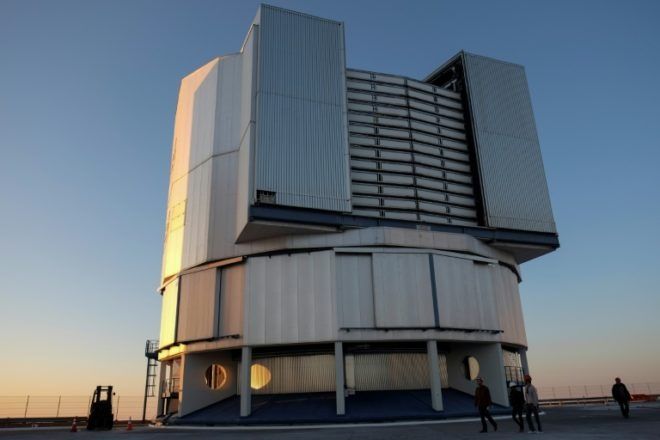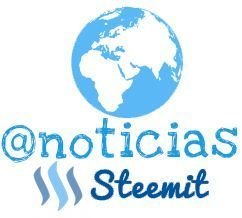Espresso arrives in Chile to search for extraterrestrial life

Latinos also bet on the great missions related to science and space will they be able to find extraterrestrial life?
Search for extraterrestrial life became for scientists from almost all the world one of the most important missions, but also one of the most complicated, because for many years it has tried in one way or another to verify the mystery about whether or not there is life in others planets, especially on Mars and nothing has happened. Of course, none of the space agencies has surrendered in the fight and now, Chile is also introduced to the mission that many seek to realize. Will they succeed?
New instruments in Chile will look for extraterrestrial life
With unparalleled precision to detect and analyze the characteristics of exoplanets, Espresso, a powerful spectrograph installed at the Paranal observatory in northern Chile, will become astronomers' best ally to search for extraterrestrial life.
View of a VLT (Very Large Telescopes) in Paranal, about 1150 km north of Santiago, Chile, on February 6, 2018. Photo: AFP / Miguel Sánchez
It will start operating in October of this 2018, this sophisticated instrument will work to enhance the four huge VLT (Very Large Telescope) telescopes installed in Paranal, under the tutelage of the European Southern Observatory (ESO), in the Atacama desert, a thousand 200 km north of Santiago.
That region has one of the cleanest skies on the planet with favorable characteristics for the observation of space, which is why the largest observatories are located there. It is estimated that by 2020 70% of the world's astronomical infrastructure will be concentrated in Chile.
Partial view of the Paranal Observatory telescope, about 1150 km north of Saniago, Chile, on February 6, 2018. Photo: AFP / Miguel Sánchez
Espresso
The Espresso (Echelle Spectrograph for Rocky Exoplanet and Stable Spectroscopic Observations, or spectrograph for rock exoplanets and stable spectroscopic observations) is an unprecedented project that will shed more light on exoplanets.
"Espresso will be available in all four telescopes at once, something never before done, so the odds of finding planets similar to Earth in mass and size or conditions for life, are greater," said the Italian Gaspare Lo Curto ESO astronomer and one of the leaders of this project.
He will also go in search of exoplanets.
The work of this black box in appearance will consist of gathering all the light that the VLT telescopes collect from some star orbited by the exoplanet, which will allow to measure the displacement of both bodies, in a method called "radial velocity".
With this method, scientists will obtain data from the exoplanet as its atmosphere, whether it has oxygen, nitrogen, carbon dioxide or water, vital elements for life.
How will do?
The light received by the telescopes travels through tunnels that cross the surface and that arrive through optical lenses to Espresso, where the information of the light arrives by fiber optic cables. Espresso will be operated from the control room of the Paranal observatory.
Since 1995, when Swiss astronomers Michel Mayor and Didier Queloz discovered the first exoplanet (planets that are outside the solar system), astronomers took on the task of searching the confines of the universe to study these celestial bodies, but they have not yet managed to determine if any of them have conditions similar to Earth.
Harps, until today the most precise spectrograph installed in the La Silla observatory -also in the Atacama Desert- will be surpassed by Espresso thanks to its greater precision to measure exoplanets.
"Espresso will have an accuracy 10 times greater than the most precise instrument in the world that is Harps and will also have a flexibility that can be used by each of the Paranal telescopes," said Lo Curto.
The spectrograph will also take advantage of the 8.2 meters diameter of the mirrors of the Paranal telescopes, higher than the 3.6 meters of La Silla.
All these potentialities will allow Espresso to be able to detect smaller planets similar in size and mass to the Earth.
It will help answer big astronomical questions
"It's a great opportunity to have an instrument as advanced as Espresso. By its capabilities, it will help us answer one of the great questions we have in astronomy, which is to analyze and understand extrasolar planets, "said Rodrigo Herrera Camus, a Chilean astronomer at the Max Planck Institute in Germany.
